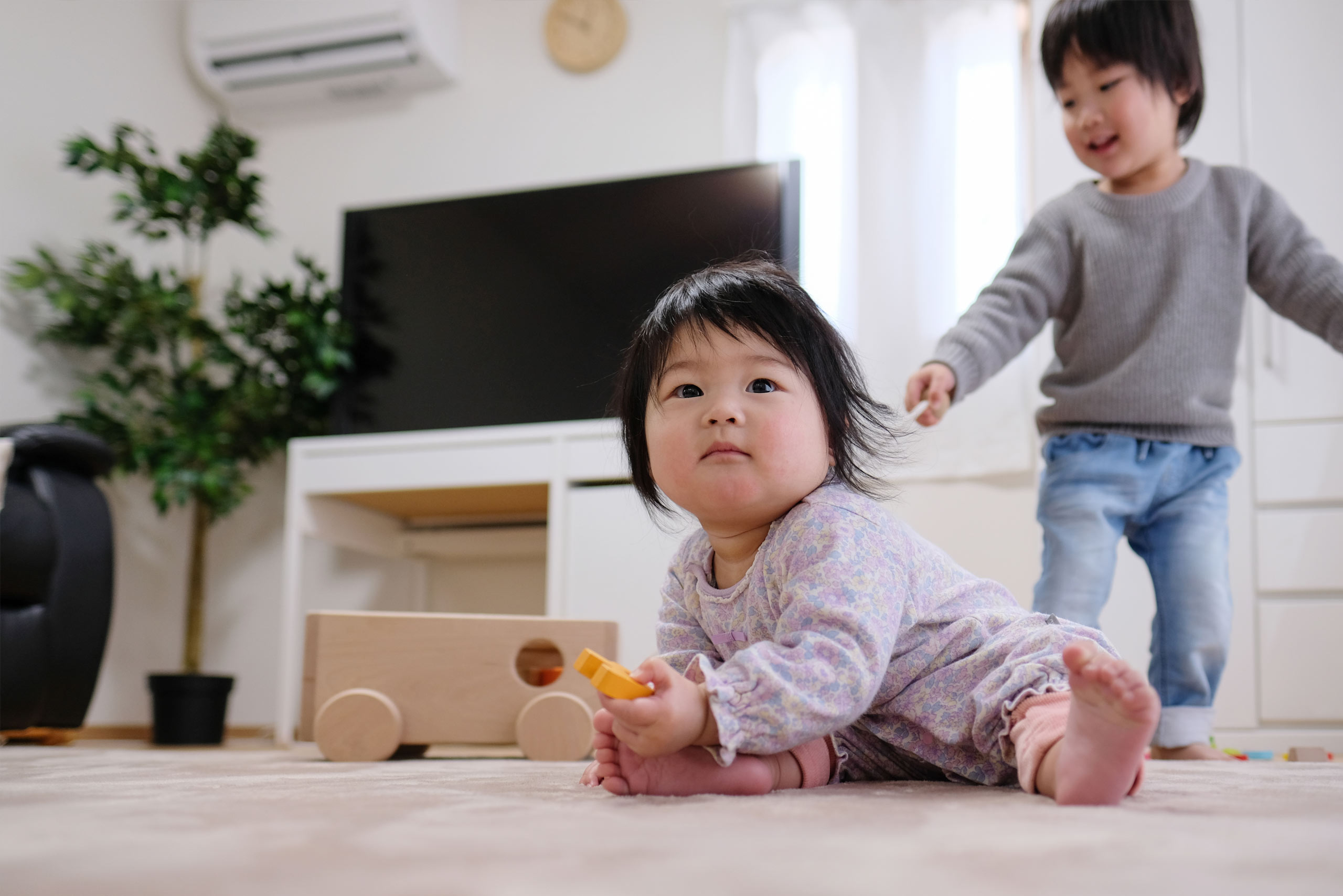can babies with hip dysplasia sit up
They put this on to help with diaper leaks. Once the doctor puts the cast on your child they will put some waterproof tape on.
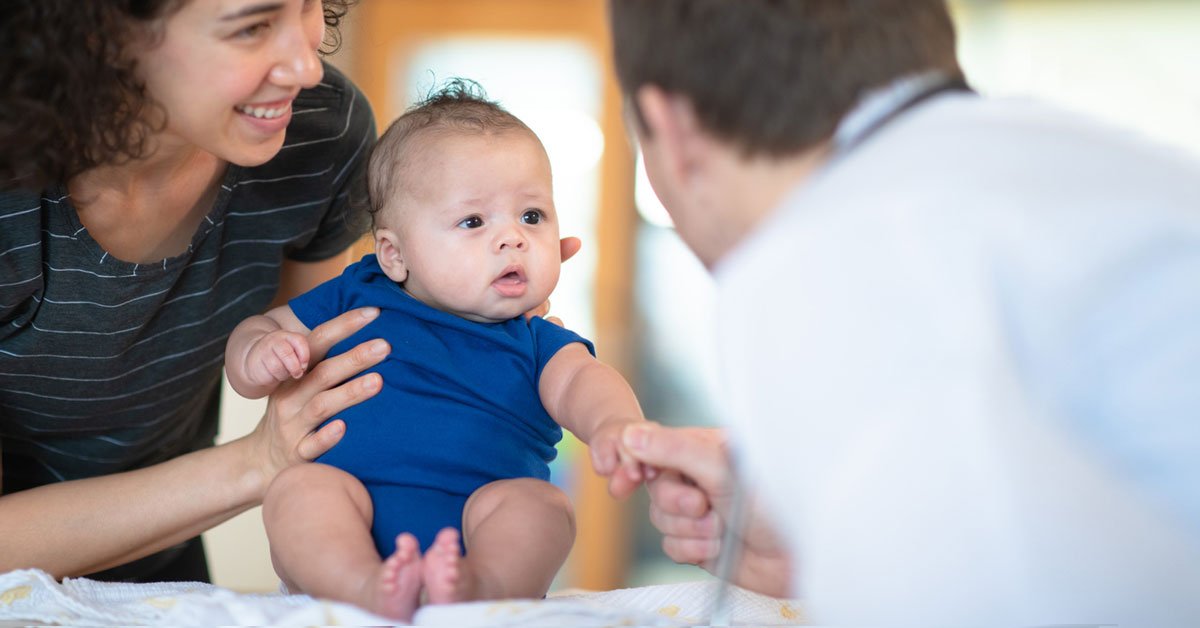
Developmental Hip Dysplasia In Babies And Young Children
Hip dysplasia is the dislocation of the hip joint because of differences in the shape or size between the hip socket and the head of the thigh bone.
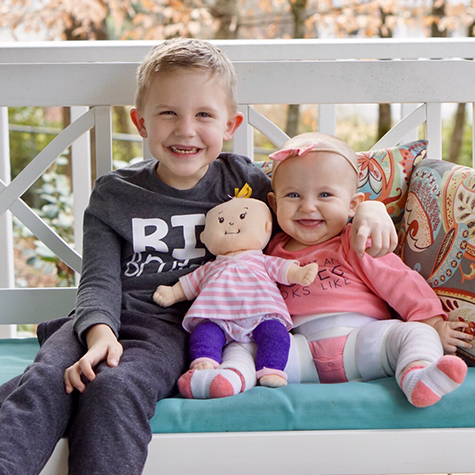
. The hip socket is filled most evenly when the legs are pulled up to roughly 100 degrees. In many cases the child. Car seats can contribute to this issue because of the way they hold babies in position.
Over time the problem can lead to pain one leg thats shorter than the other and arthritisBut when. In addition the socket is often shallow which can increase a persons risk of developing arthritis and joint pain later in life. A sling carrier can also cause hip dysplasia if you do not position your baby correctly.
They can vary from mild to severe. It can be used on children up to 6-9 months of age. And some kids wont have any symptoms at all.
This can cause the hip to become loose and unstable. Breech presentation- A baby is breech when the buttocks and legs are near the mothers cervix and thus come out first during the delivery. Difficulty spreading their legs.
Hip dysplasia can lead to delayed walking. Hip dysplasia doesnt cause pain for babies and toddlers. Family history of DDH- DDH is a hereditary problem as seen in many patientsAccording to the International Hip Dysplasia Institute children with a family history of DDH are at a 12 times higher risk of being diagnosed.
Sometimes hip dysplasia can develop later on. In older children and adults hip dysplasia might cause sharp pain in the groin area. The hip joint is made up of a ball femur and socket acetabulum joint.
Those babies whose hips do not improve with the Pavlik harness may need a different kind of brace such as the Rhino brace or Ilfeld brace. Late development to sit up or walk. Our son had his first cast on for 6 weeks.
Popping sound with movement of the hip. When the hips are flexed or bent up. It happens when the ball of a babys hip isnt sitting in the right position in the hip socket.
You could imagine how dirty it ended up getting and it also will peel off after a while. Your doctor or child nurse should check your baby regularly for hip dysplasia as they grow. Its sometimes called congenital dislocation of the hip or hip dysplasia.
In DDH this joint may be unstable with the ball slipping in and out of the socket. Sometimes the condition starts before the baby is born and sometimes it happens after birth as the child grows. Waddling limping or walking on their toes.
Developmental dysplasia of the hip. It can affect one hip or both. Developmental dysplasia of the hip DDH affects the hip joint in babies and young children.
This condition causes a babys hips to develop in the wrong location because of overly relaxed ligaments and joints. Developmental dysplasia of the hip DDH affects the hip joint in babies and young children. Folds in the skin of the thigh or buttocks do not line up.
Signs of developmental dysplasia of the hip can often be detected during a physical exam. Let your provider know if you notice any signs of hip dysplasia in your child like. One leg may appear shorter than the other.
Swaddling a technique that involves wrapping baby snuggly in a blanketcan help calm a fussy or crying newborn and encourage sleep. To safely swaddle your little one avoid straightening and then tightly wrapping babys legs. When baby wearing is practiced with each hip in approximately 40 to 55 of abduction and 90 to 110 of flexion the femoral head the ball of the hip joint is pressed evenly into the center of the hip socket.
But we needed to cut some off and replace it with new. Hip dysplasia in babies can be difficult to detect because it typically does not cause pain but common symptoms may include the following. A narrow car seat does not allow room for a babys hips to spread out 2.
The hip joint attaches the thigh bone femur to the pelvis. Most infants treated for DDH develop into active healthy kids and have no hip problems. So when you swaddle a baby appropriately you want to allow enough space to provide free range of hip motion to prevent dysplasia.
Congenital simply means something you are born with. Hip Dysplasia or Developmental dysplasia of the hip DDH in infants. This can cause the hip to dislocate or lead to hip dysplasia.
But a too-tight swaddle can lead to hip trouble. The affected leg may turn outward. When a baby is born with this condition it is usually referred to as either Developmental Dysplasia of the Hip DDH or congenital dysplasia of the hip.
Hip dysplasia tends to run in families and is more common in girls. This strains the babys hips and can cause dysplasia. Later in life hip dysplasia can damage the soft cartilage labrum that rims the socket portion of the hip joint.
Your first-born baby girl seemed fine after the delivery but a. There are also signs and symptoms you can look out for including. The exact cause of this is unsure but certain factors can put your child at risk for this condition.
Some variation from this position also maintains the hip in the center of the socket. The risk of hip dysplasia is also higher in babies born in the breech position and in babies who are swaddled tightly with the hips and knees straight. It can even cause dislocation which is when the ball comes partially or completely out of the socket.
Skin folds are uneven on thighs or buttocks. Babies born with hip dysplasia have a shallow hip joint that can slip easily out of place. Late development to sit up or walk.
After 3 months of age. Developmental dysplasia of the hip DDH is a problem with the way a babys hip joint forms. It occurs once in every 1000 live births.
One-two percent of all babies are born with acetabular dysplasia². Developmental dysplasia of the hip DDH is a condition where the ball and socket joint of the hip does not properly form in babies and young children.

The Baker Upstairs How To Survive And Thrive With A Hip Spica Cast

W Sitting When It Is Ok And When It Is Not Ok Joyin The Children S Centre
Potential Hip Dysplasia Sitting With Legs Straight Babycenter
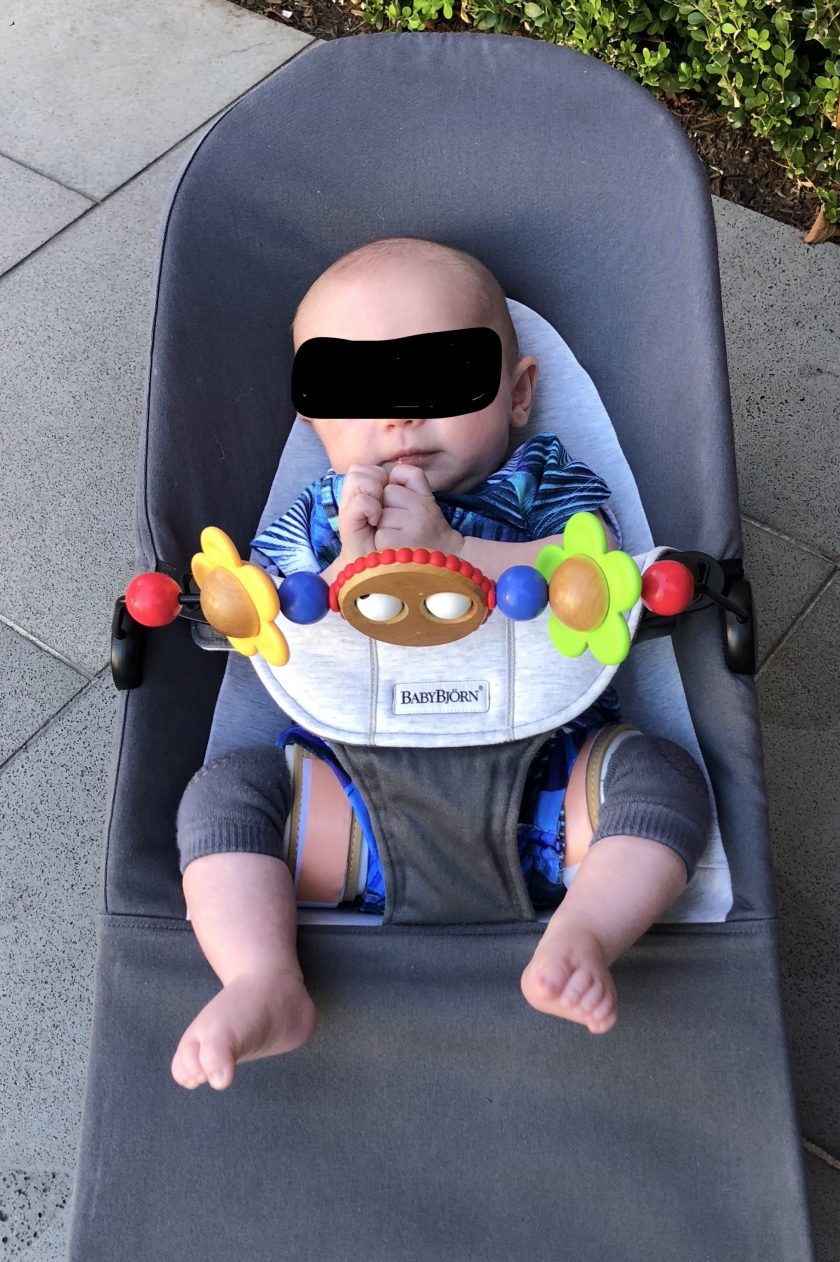
Caring For A Baby With Hip Dysplasia Dr Briony S Story Adelaide Mums Babies Clinic

Hip Dysplasia How To Protect Child S Hips Narayana Health

Kaydence S Story International Hip Dysplasia Institute

Riley S Story International Hip Dysplasia Institute
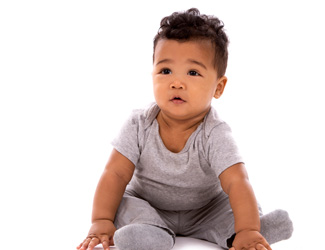
Hip Dysplasia In Babies Duke Health
Hip Dysplasia In Infants Causes Signs Diagnosis Treatment
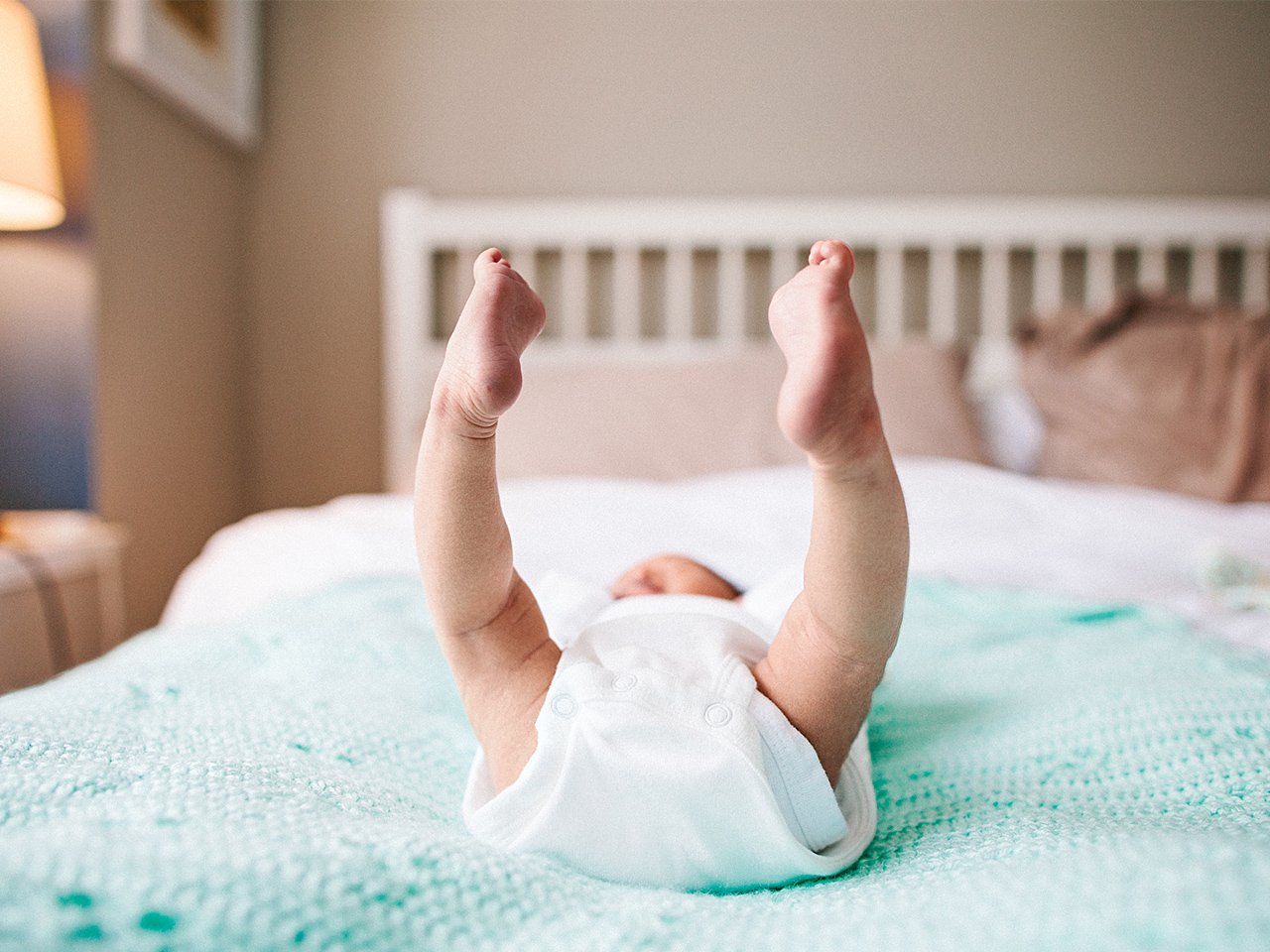
Is Your Baby At Risk For Hip Dysplasia

W Sitting And Hip Development International Hip Dysplasia Institute
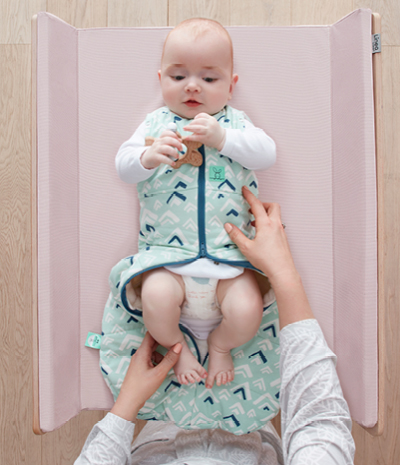
Hip Dysplasia The Silent Condition Ergopouch
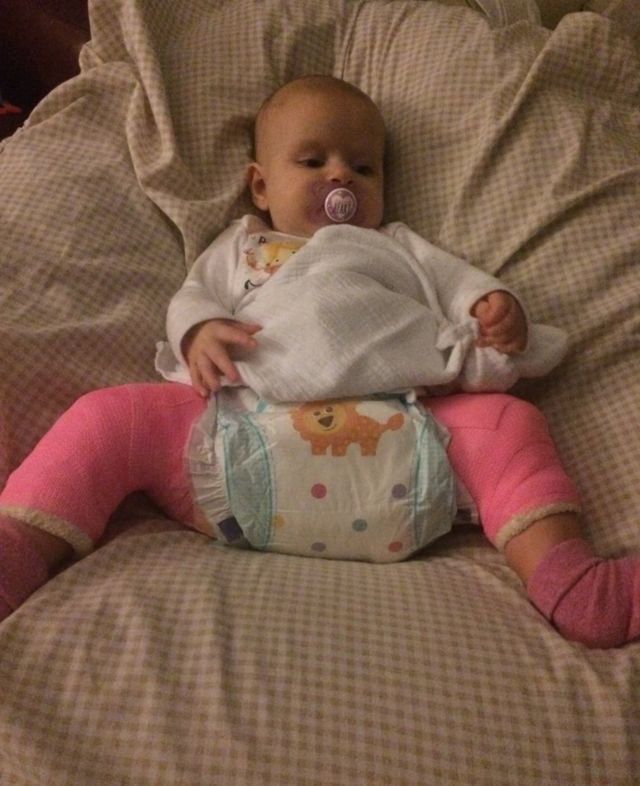
My Baby S Hip Dysplasia Was Only Spotted By Chance Bbc News

Pediatric Pavlik Harness Children S Healthcare Of Atlanta


